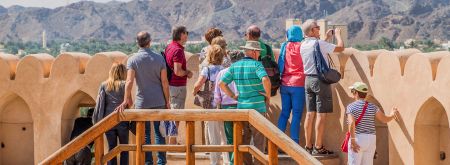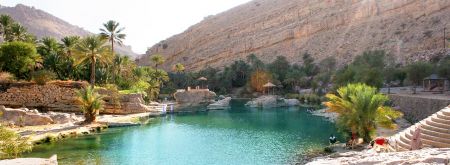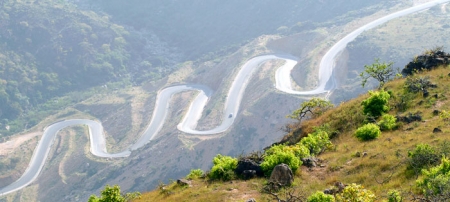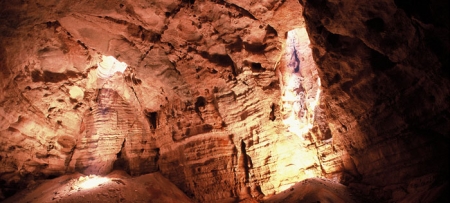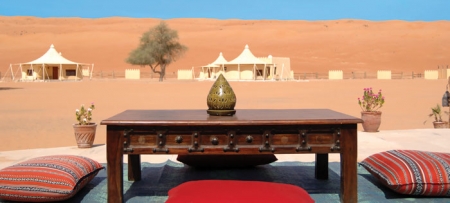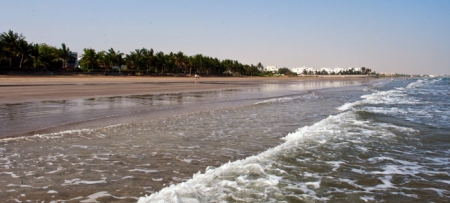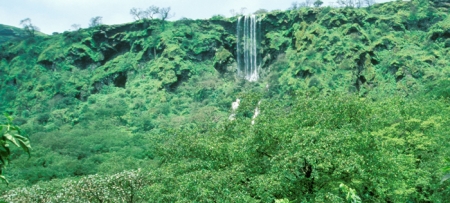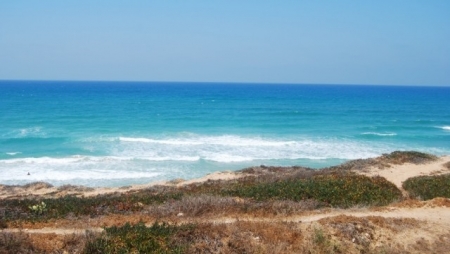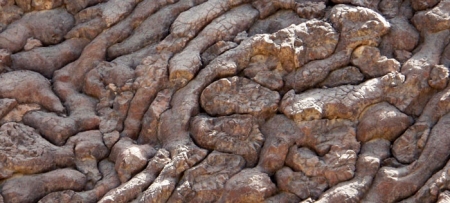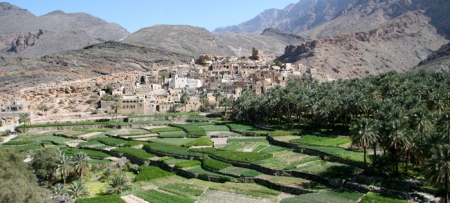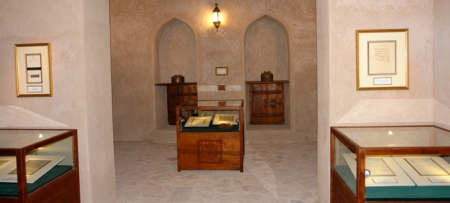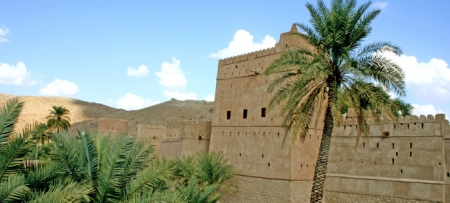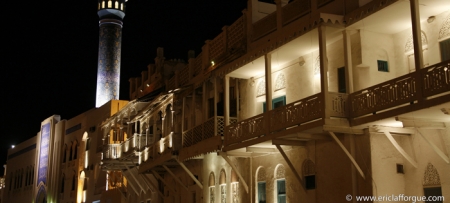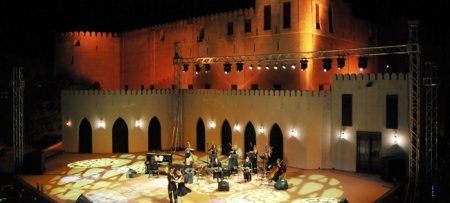Oman Travel Guide
Among the ever-changing states of the Arabian Gulf, our Oman Travel Guide offers a reminder of a beautiful country that is worth visiting. Oman’s most spectacular landscapes and cultural traditions remain remarkably undiluted, making the sultanate one of the best places in the Gulf to experience traditional Arabia.
Oman is dotted with stretches of coasts, nodding palm trees and fishing boats. Mudbrick villages nestle amid sprawling date plantations or cling to the sides of remote valleys. Chains towering mountains are featured with canyons and rocky wadis.
Get to know more about wadis, mountains, caves, deserts, beaches, islands, canyons, souqs and many more with Oman Travel Guide. Start exploring now!
Sultanate of Oman Culture
Wadis in Oman
Oman Wadis form a unique environmental system characterised by variety, diversity, and a wealth of natural attractions. Check more!
Oman Mountains
Mountains constitute a large percentage of the environment of Oman. The flora and fauna living in these mountains vary. Al Hajar Mountains are in the north of Oman and extend from Musandam Peninsula in the north to Ras Al Hadd in Al Sharqiyah South Governorate. Wadi Samail divides it into two parts: east and west. Jabal Shams (Sun Mountain) summit is the highest point in the Al Hajar Mountains, rising at an altitude of 3,009 metres above sea level.
Caves of Oman
Deserts of Oman
Beaches in Oman
Oman’s coastline stretches for a distance of 3,165 kilometres, including beaches overlooking the Sea of Oman, the Arabian Sea and the Straits of Hormuz in the North. The nature of this coastal strip varies from tourist-friendly sandy beaches where summer holiday-makers hang out, and the rocky coasts, bays, islands and lagoons with their diverse geographical make-up, making them ideal for fishing and marine excursions. The most important beaches
Oman Islands
A group of islands are adjacent to Oman. Also, a number of smaller islands trail Barr Al Hikman Peninsula and Musandam Peninsula, especially in the Strait of Hrmiz. The most famous islands in Oman
Hot Water Springs in Oman
The importance of the natural water springs varies according to the quality of their water, ranging from warm and cold water, fresh drinking water, saline and alkaline water, mixed with valley water which is suitable for agriculture. There is another kind of spring that contains varying proportions of mineral salts, making them ideal for curative and relaxation purposes.
Beach Lagoons of Oman
The lagoons spread along the coast of Oman from the top of the mountains (Musandam) in the north, through Al-Batinah Coast and the shores of the Ash Sharqiyah Governorate. Most of these lagoons were formed at the estuary of large valleys.
Canyons in Oman
Snake Canyon is located near Balad Sayt in Wadi Bani Awf. This via ferrata route offers an exciting series of traverses and zip line crossings’ 100m above the canyon floor
Oman Nature Reserves
Oman is full of natural reserves with its own uniqueness and beauty. Variety of Oman reserves are located various regions of Oman
- Arabic is the official language in Oman, English is also widely spoken.
- The currency of Oman is the Omani Rial. Major credit and debit cards are widely accepted throughout the country, besides there are plenty of ATMs in Oman.
- Water is considered safe but bottled water is better just in case.
- Don’t leave Oman without some frankincense, shisha pipe, a coffee Dallah.
- Oman is a liberal place. However, it is advisable to dress modestly, when entering places of worship (shoulders to knees should be covered).
- It is offensive to take pictures of people without asking them for permission.
- Sultan Qaboos Grand Mosque is indeed grand! Explore at the second largest chandelier in the world and the huge prayer rug that took 27 months to weave.
- Take a 4WD jeep tour to discover the multicolored sand of the desert of the Wahiba Sands.
- Cruise your way past the breathtaking mountains and relax on cushions and carpets aboard a traditional Omani dhow.
- Explore the oasis of Al Hamra surrounded by the majestic Hajar Mountains.
- Indulge in the natural emerald pools of Wadi Bani Khaled.
- Enjoy Wadi Al Arbiyeen’s Al-Sharqiyah and Al-Hajar Mountains and its deep pools.
- Have a glimpse of Wadi Ad Dayqah, which is popular for its water flows year-round.
- Go on adventurous hikes or enjoy some boating Wadi Al Shab.
- Enjoy Wadi Al Ta’iyeen, an idyllic valley dotted with acacia trees and small hills.
- Enjoy watching the blind Garra Baremiae fish swim the lake within Al-Hoota cave.
- Enjoy the paintings and poetry that line the walls of Jabrin Castle.

